Compiled by Umapati Swami from articles by Kamra Devi Dasi
and Vyapaka Dasa
MANY FARMERS are beginning to wonder whether it makes any
sense to farm atall. With the price of inputs -- fertilizers, pesticides,
herbicides -- going up continually and market forces pushing the
price of crops lower and lower, year after year, it seems that profit
can only be found in government subsidy programs.
But nature has been offering a solution all along, and ox power
plays an important part in it.
The solution?
Farming within nature's own ecosystems.
An ecosystem is a grouping of plants, animals, and microbes interacting
with each other and their environment in such a way that the grouping
perpetuates itself.
An ecosystem is by definition self-sufficient. It is a kind of circle
turning on energy provided by the sun: each living entity in the system
acquires food and produces waste, which becomes food for the next living
entity along the ecological feeding trail. In this way the nutrients move
through a large, diverse population of mammals, insects, bacteria, plants,
and others until they return to their point of origin and start again.
The industrial farmer finds himself dependent on a constant supply of
agricultural inputs. His nitrogen fertility, for example, comes at great
expense from a distant petrochemical plant that ships its wares across
the country by an energy-intensive transport system.
The same nitrogen could be produced effortlessly and economically by
bacteria at the roots of a legume. Being a cash cropper, however, the
farmer finds it financially difficult to leave any land fallow and planted
to a grass legume.
In a cash-cropping operation, a monoculture or very limited rotation is
generally the rule. Oxen, however, force the farmer to live within the
ecosystem because they demand a more diverse crop rotation, including
hay, pasture, and small grains -- a production more conservation-oriented
than the extended back-to-back annual production of row crops.
Since the different kinds of plants do not share pests, the risk of pest
populations building up is reduced because the pests' food source is
restricted. The farmer can thus eliminate the use of pesticides and allow
the reestablishment of balanced pest predator populations, providing
further ecological balance.
As the rotation is established, the mixing of plant cultures, coupled with
improved and timely tillage, checks the growth of weeds. The farmer can
eliminate herbicides, another costly input.
The design and careful implementation of a well-balanced rotation, combined
with the recycling of nutrients around the farm through the application of
composted cow and ox manure, can reduce or abolish the import of inorganic
fertilizers.
It is estimated that seventy-five percent of the nutrients found in the
feed ends up in the animals' waste. Through the use of compost, the farmer
can divert stocks of nitrogen, phosphorus, and potassium from pasture and
hay fields onto grain fields, where they are more needed. The increased
recycling potential of the farm results in lower costs through
self-sufficiency.
When animal waste is returned to the soil, its high nitrogen content makes
it a good fertilizer. If it is unreturned -- dumped into a water supply,
for instance -- much of its nitrogen turns into ammonia and nitrates.
The dumping of animal waste into water -- a common practice among
commercial dairies -- can pollute rural wells and even city water supplies
with nitrates. Last year the Florida Department of Environmental
Regulation found high nitrate levels in the ground water at nine dairies.
An excessive intake of nitrates can be dangerous, causing brain damage and
death to infants and health problems in the elderly.
Cow manure is the best of natural fertilizers and stabilizers of soil
structure. The Hoosefield experiment in Rothamsted, England, showed that
applications of cow manure over a period of twenty years resulted in more
soil humus and higher barley yields even fifty years after the
applications had been discontinued.
In 1974 Bronner and Janick studied 154 Austrian farms growing sugar beets.
On the sixty-five farms that had cows, the humus content of the soil was
20.2 percent higher than on the others, the humic acids were 21 percent
higher, and the soil structure was more stable by 13 percent.
The farms with cows needed 53 percent less fertilizer application of
nitrogen, 39 percent less of phosphorus, and 32 percent less of potassium.
Cow manure can also be put into tanks to generate methane gas for cooking
and heating, and the residue can be used as fertilizer. Yet today's
industrial society goes to great lengths to import petroleum-based fuel
while running its local supplies of fuel into rivers and water supplies as
a pollutant.
http://www.umapati.net/
Monday, April 2, 2007
Living Within the Ecosystem
Subscribe to:
Post Comments (Atom)

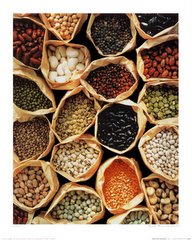
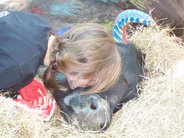


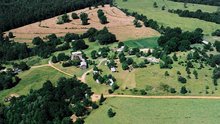

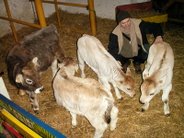
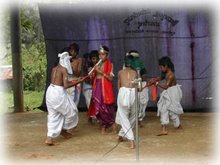
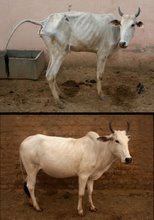

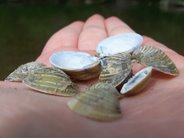

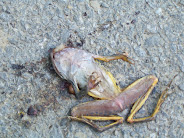
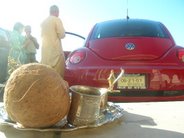




No comments:
Post a Comment